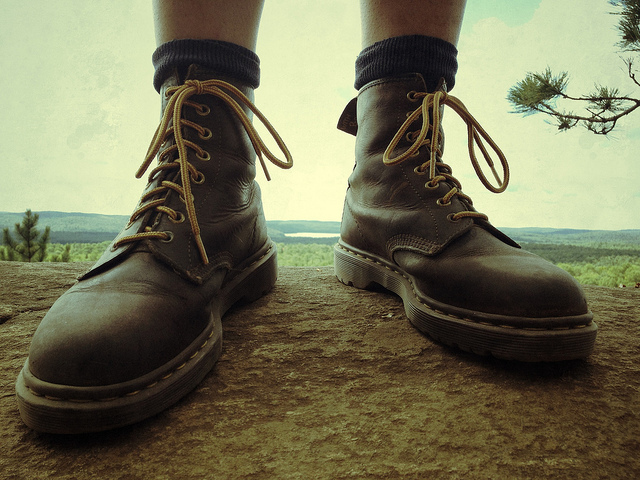Tag: Druid
-

The Kind of Pagan I Am
I’m the kind of Pagan who hasn’t gotten rid of his Bibles. I don’t think there is a single Truth any more than I think there’s only one god, but I do think there’s something which unites everything in the universe. And I’d like to imagine that this connecting force is sentient, but I don’t know […]
-

A Pagan, a Druid, and an Episcopalian walk into a Church
I went to church last night. It was the first time I’d been to church since I left the Church. Taking in an evening mass, done up to the 9’s with incense and vestments, was something I hadn’t planned to do while visiting Eugene, Oregon, nor was it an invitation I expected to receive from […]
-

The Offerings of Man, the Obligations of Gods
I approach my home shrine in the morning and prepare my offerings. Into three small, porcelain sake glasses, which were given to me by my stepfather, I pour a small bit of sugar, oats, and oil. These were the foods that made the most sense to me, although I’m not sure why. Whether I’m clothed […]
-
I Think I Saw A Goddess
In front of me stood a large tree, next to which was a stone well (not unlike the one I’d seen at the holy site in County Kildare). Between these two sat a third.
-
Tree Roots and Druid Groups
The question is, must I be a strict adherent to any one of these traditions in order to accomplish that? Can I be an ADF member, following through on my commitment to the Dedicant Path, while still harboring this love for the Druid Revivalists and their modern spiritual offspring?


